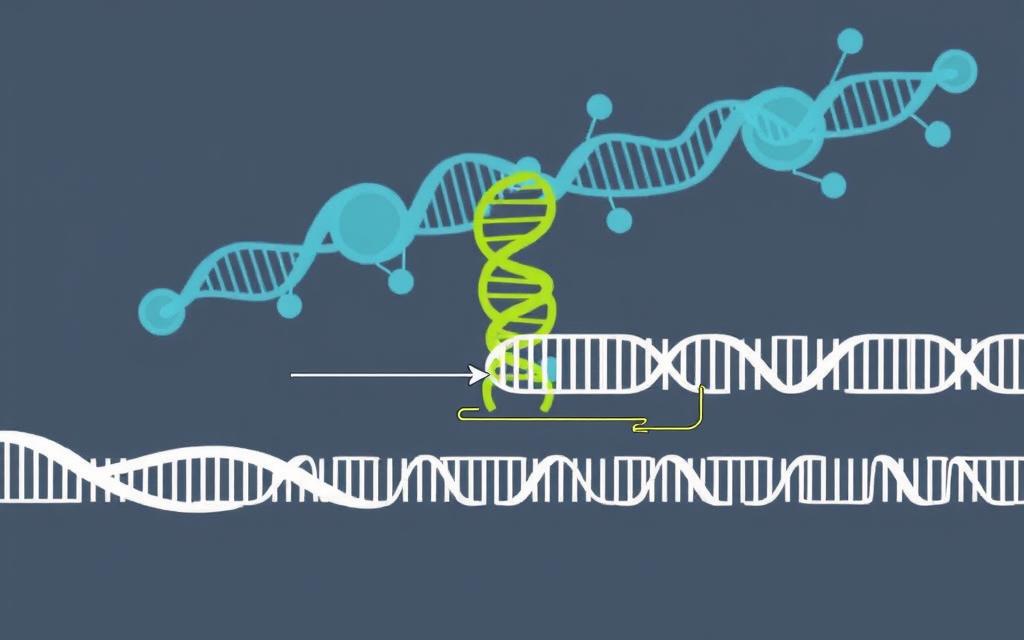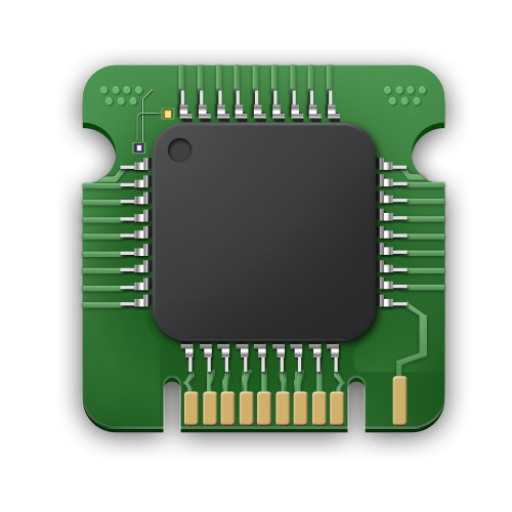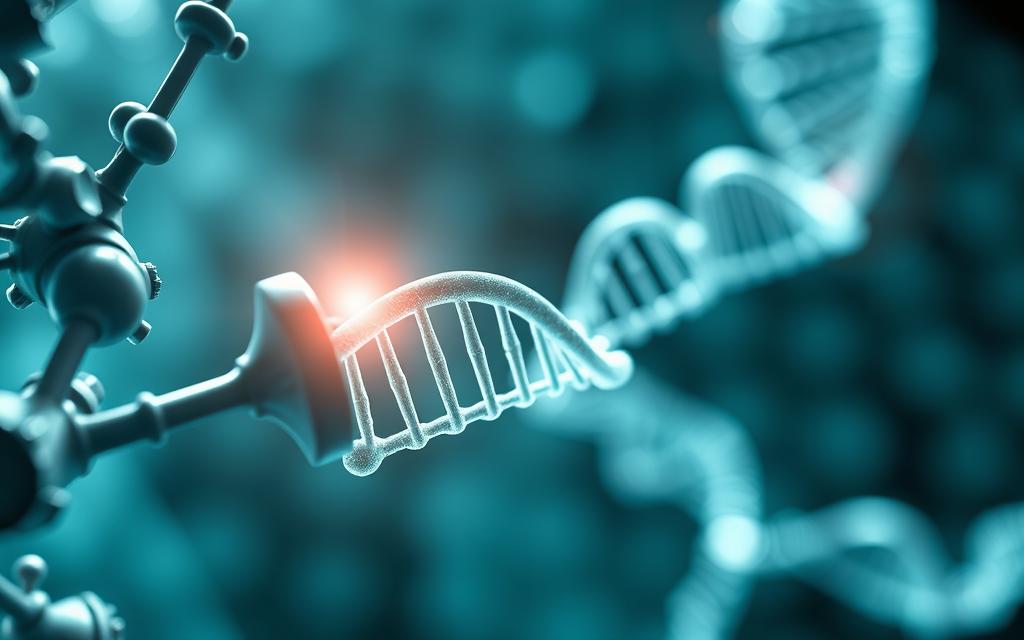CRISPR technology represents a groundbreaking breakthrough in modern biotechnology, offering unprecedented precision in genome editing capabilities. The term CRISPR stands for Clustered Regularly Interspaced Short Palindromic Repeats, referring to a natural defense mechanism found in bacteria against viral infections.
This revolutionary system has transformed from a bacterial immune response into a powerful tool that allows scientists to edit DNA sequences with remarkable accuracy. According to research on the CRISPR/Cas9 system, it involves a guide RNA to match a desired target gene and Cas9, an endonuclease causing a double-stranded DNA break, allowing modifications to the genome CRISPR/Cas9 system.
Understanding the fundamentals of this technology is essential for grasping its wide-ranging applications in medicine, agriculture, and basic scientific research.
Understanding CRISPR Technology
Understanding CRISPR technology is crucial for advancing genetic research. CRISPR, or Clustered Regularly Interspaced Short Palindromic Repeats, is a revolutionary tool that has transformed the field of genetics.
Definition and Origin of CRISPR
CRISPR was initially discovered as a natural defense mechanism in bacteria that protects against viral infections by storing fragments of viral DNA as “spacers” between palindromic repeats.
The Discovery of CRISPR in Bacteria
The discovery of CRISPR in bacteria dates back to the work of Francisco Mojica, who proposed that CRISPRs serve as part of the bacterial immune system, defending against invading viruses. This theory was later experimentally demonstrated by Philippe Horvath in 2007.
From Bacterial Defense to Revolutionary Tool
The transformation of CRISPR from a bacterial defense mechanism to a revolutionary gene editing tool represents one of the most significant scientific breakthroughs in recent decades. Scientists have adapted the natural CRISPR system found in cells to create a programmable tool for precise genetic modifications.
The Science Behind CRISPR-Cas9
The CRISPR-Cas9 system relies on the guide RNA to locate specific sequences of DNA. The Cas9 enzyme then cuts the DNA at the targeted location, allowing for precise gene editing.
Components of the CRISPR System
The CRISPR system consists of two main components: the guide RNA and the Cas9 enzyme. The guide RNA is programmed to recognize a specific sequence of DNA.
How CRISPR Identifies and Edits DNA
CRISPR identifies and edits DNA by using the guide RNA to locate the target sequence. The Cas9 enzyme then cleaves the DNA, allowing for precise modifications to the gene or genes.
| Component | Function |
|---|---|
| Guide RNA | Recognizes specific DNA sequence |
| Cas9 Enzyme | Cuts DNA at targeted location |
“The discovery of CRISPR-Cas9 has revolutionized the field of genetics, enabling precise editing of genes and holding great promise for the treatment of genetic diseases.”
How CRISPR Technology Works
CRISPR-Cas9 operates through a complex interplay of RNA and enzymes that enable targeted DNA modifications. At its core, the CRISPR-Cas9 system relies on guide RNA to locate and bind to specific target DNA sequences.
The CRISPR-Cas9 Mechanism
The CRISPR-Cas9 system is a precise gene editing tool that functions through a multi-step process. First, a guide RNA is designed to complement the target sequence in the DNA. This guide RNA is crucial for directing the Cas9 enzyme to the correct location.
Guide RNA and Target Recognition
The guide RNA is programmed to recognize a specific target sequence within the genome. This recognition is facilitated by the presence of a PAM (Protospacer Adjacent Motif) sequence, which is essential for Cas9 to bind to the target DNA.
DNA Cutting and Repair Processes
Once the Cas9 enzyme is bound to the target DNA, it cuts the DNA at the specified location. This cut triggers the cell’s natural repair mechanisms, including non-homologous end joining (NHEJ) and homology-directed repair (HDR). By providing a template DNA during the repair process, researchers can introduce specific changes to the sequence.

CRISPR Variants and Alternatives
While the CRISPR-Cas9 system is a powerful tool for gene editing, other variants and alternatives have been developed to expand its capabilities. These include CRISPR-Cpf1 and base editors, which offer unique features and improvements over the traditional CRISPR-Cas9 system.
CRISPR-Cpf1 and Its Unique Features
CRISPR-Cpf1 is an alternative to Cas9 that offers distinct advantages, including a different guide RNA structure and the ability to make staggered cuts in the DNA.
Base Editors and Other CRISPR Tools
Base editors are another innovation in the CRISPR toolkit, enabling the direct, irreversible conversion of one DNA base to another without making a double-stranded break. This and other CRISPR tools continue to evolve the field of gene editing.
What is CRISPR Technology Used For
The versatility of CRISPR/Cas9 genome editing is revolutionizing various fields, from medicine to agriculture, by enabling precise modifications to the genome. This technology has opened new avenues for treating genetic diseases and improving crop yields, among other applications.
Medical Applications
CRISPR technology is being explored for its potential in treating genetic disorders. Gene editing can correct disease-causing mutations, offering hope for conditions that were previously incurable.
Treating Genetic Disorders
Researchers are using CRISPR/Cas9 to treat genetic diseases such as cystic fibrosis and sickle cell disease. By correcting the genetic mutations responsible for these conditions, scientists aim to provide permanent treatments.
Fighting Infectious Diseases and Cancer
CRISPR is also being investigated for its potential in combating infectious diseases like HIV and various types of cancer. By editing human cells to resist pathogens or directly targeting disease-causing organisms, CRISPR offers new therapeutic possibilities.
Non-Medical Applications
Beyond medicine, CRISPR technology is being applied in agriculture and industry. Genome editing can improve crop resilience and yield, contributing to food security.
Agricultural and Industrial Uses
CRISPR is used to develop crops with desirable traits such as drought resistance. In industry, it can be used to produce biofuels and other valuable chemicals.
Research and Diagnostic Tools
The precision of CRISPR/Cas9 makes it a valuable tool for research, enabling scientists to study gene function and regulation in detail. It also holds promise for diagnostic applications, helping to detect diseases more accurately.
- CRISPR technology enables precise genome editing in human cells, opening new avenues for treating genetic diseases.
- Clinical trials are underway to modify somatic cells using CRISPR, showing promise in treating blood disorders and certain cancers.
- Researchers are developing CRISPR-based approaches to combat infectious diseases by editing human cells or targeting disease-causing organisms.
The Future and Limitations of CRISPR Technology
CRISPR technology stands at the forefront of genetic innovation, but its path forward is not without obstacles. Despite its revolutionary potential, CRISPR faces several significant limitations that scientists are actively working to overcome.
One of the major challenges is the issue of off-target effects, where the CRISPR-Cas9 system makes unintended edits to similar sequences elsewhere in the genome. This could potentially cause harmful mutations. To mitigate this, researchers are developing improved CRISPR systems with enhanced specificity, such as high-fidelity Cas9 variants.
Delivery methods also remain a significant hurdle. Efficient ways to transport CRISPR components into specific cells and tissues within the body are being explored. The future may include more precise base editors that can change individual DNA letters without cutting the DNA, potentially reducing risks associated with double-strand breaks.
The ethical implications of CRISPR technology are profound, particularly regarding germline editing. Regulatory frameworks are evolving to address these concerns, with different approaches to somatic cell therapy versus germline editing.
As CRISPR technology advances, it may enable personalized medicine approaches tailored to an individual’s specific genetic mutations, particularly for cancer and rare genetic diseases like sickle cell anemia. With thoughtful governance, CRISPR could revolutionize the field of genetics and beyond.







